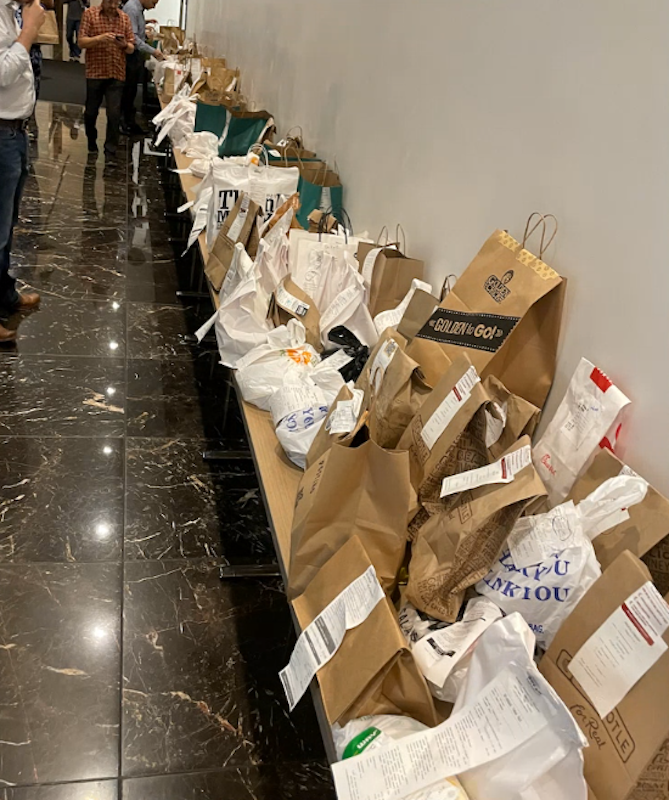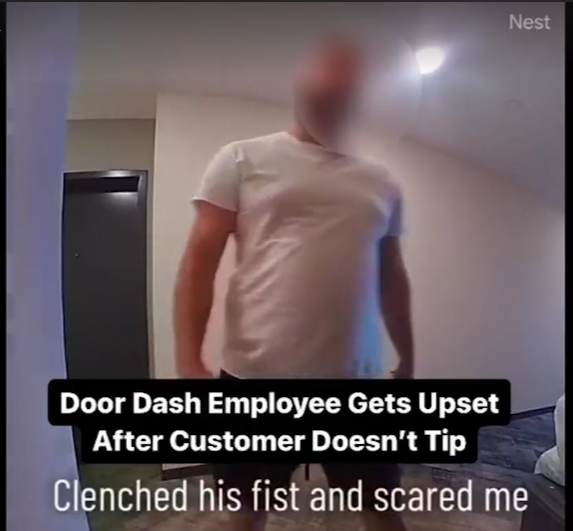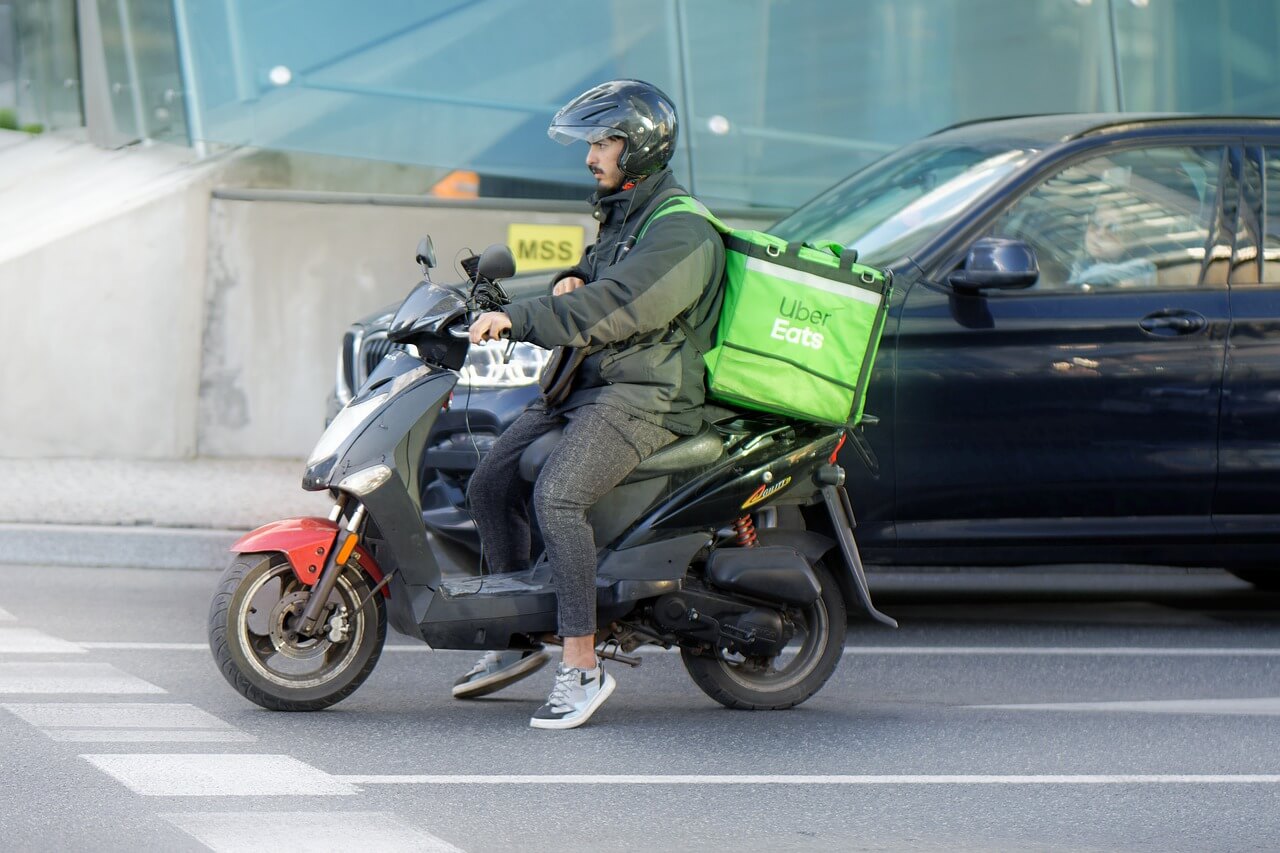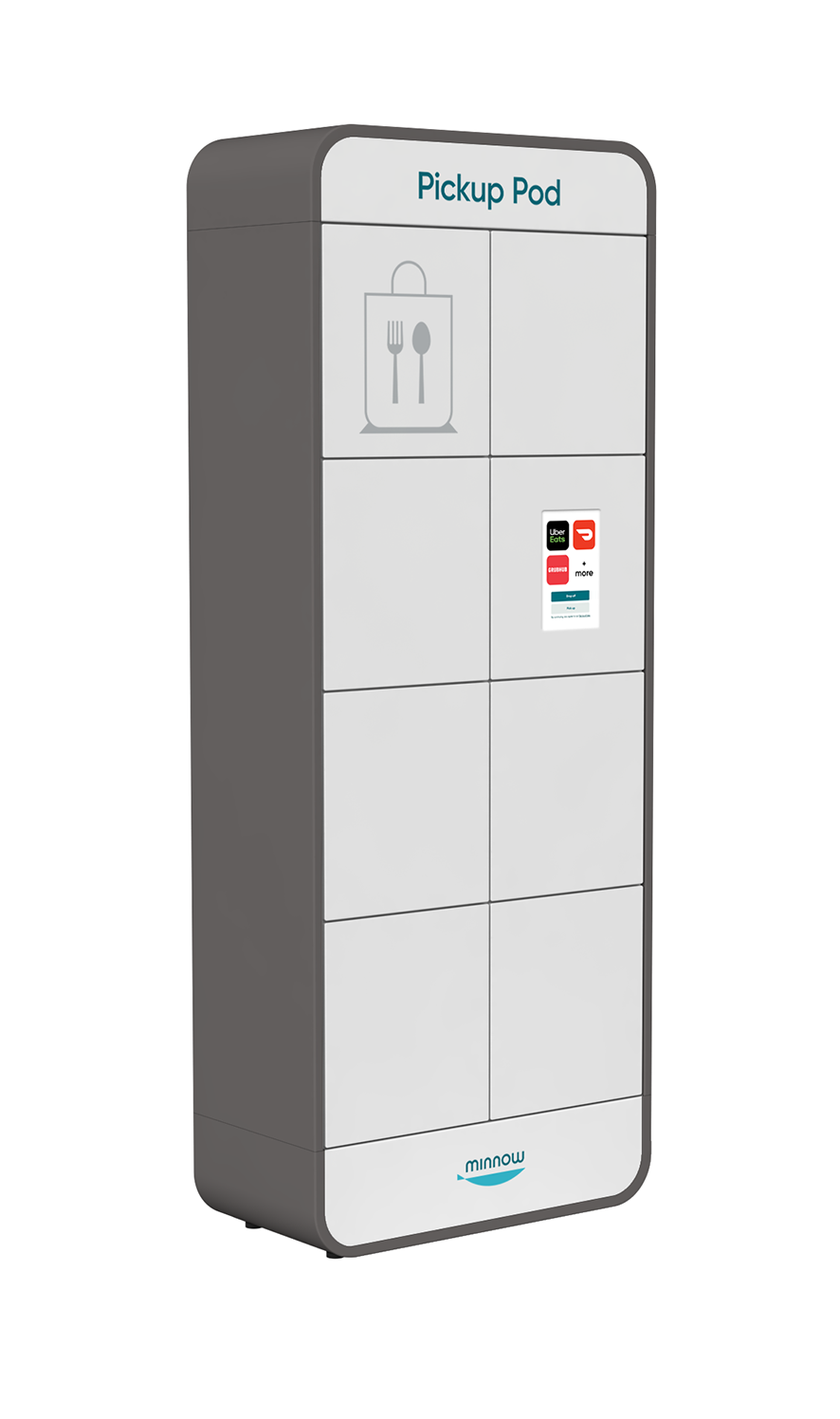12/1/22
Keep multifamily employees happy & boost staff retention with a food delivery management solution
Written by Christopher Stanvick
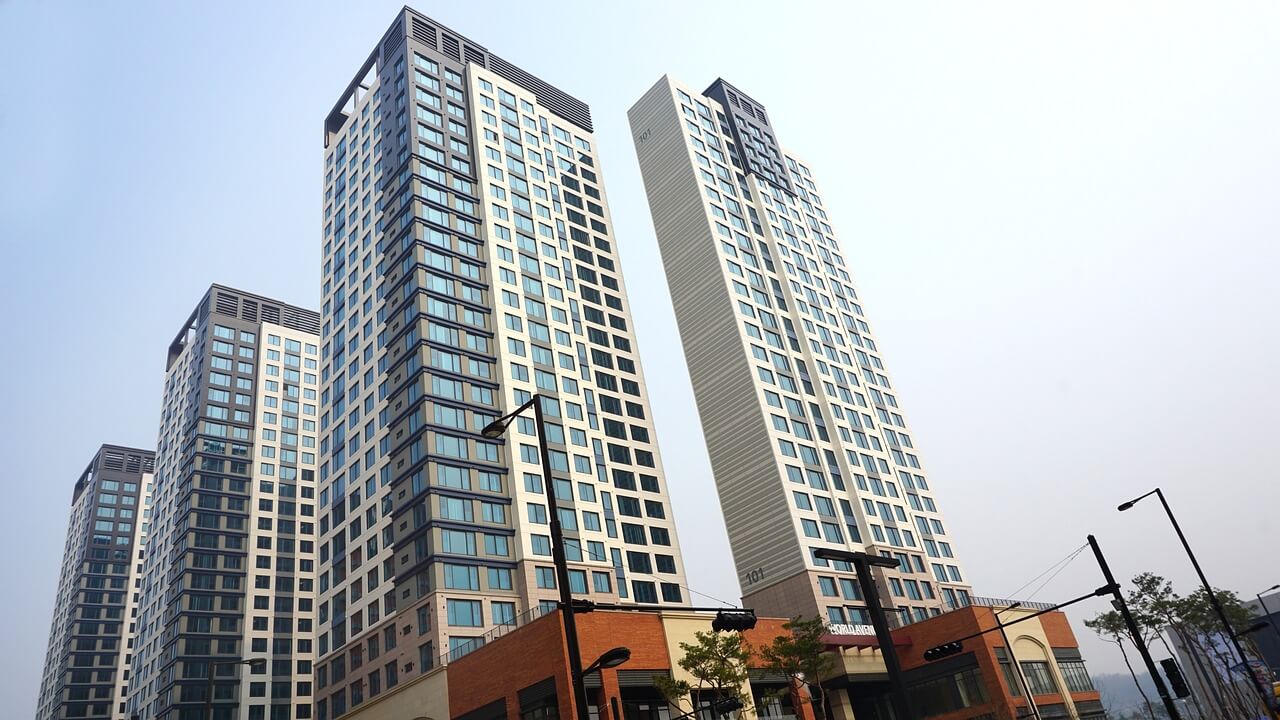
For multifamily building owners focused on maximizing profitability across their real estate portfolio, staff retention is critical.
As the real estate market enters a new period of volatility, multifamily building owners and asset managers are under more pressure than ever to maximize net operating income (NOI) by increasing dollars in while decreasing operational costs.
Keeping staffing costs low by maximizing employee retention can play an important role in doing just that.
That’s where a food delivery management (FDM) solution can make a big difference.
By simplifying and streamlining food delivery in multifamily buildings with one easy-to-use system, building owners and managers can help take some of the burden and responsibility off staff for this time-consuming (but important) element of the residential experience.
Here’s a look at how a proven FDM solution—along with the best practices for staff management that go with it, like clear communication and an easy-to-follow policy—can help keep your multifamily building staff with your teams well into the future.
Why focus on staff retention in a multifamily building?
Finding, hiring, and training new staff members for your buildings is an expensive process.
According to a study by the Society for Human Resource Management, directly replacing just one employee can cost as much as 50 percent of that same employee’s annual salary, with total costs of turnover even reaching up to double that employee’s salary.
Keep in mind: that’s per employee. That means that each employee who leaves your building staff represents added costs, and those can pile up quickly when attrition is high.
That’s where staff retention can play a huge role in keeping staffing costs stable and manageable. By keeping current staff on the team, multifamily building owners can reduce these turnover expenses and help to maximize NOI across their properties.
Staff retention starts with helping team members feel heard
Taking regular input from staff on processes can help them feel empowered and feel like they are being heard.
For some team members, that could be the difference between staying at their current position and leaving for a new opportunity.
For instance: in buildings where food delivery is a messy, disorganized process, staff may feel like they are spending too much time managing these deliveries when they should be focused on more productive, more profitable activities.
But while these activities may be tedious themselves, failure to hear these complaints (and failure to respond to them accordingly) could be the real wedge driving a gap between you and your staff members. When workers don’t feel heard, they feel less valuable to the team—and more motivated to find somewhere else to work.
One key way to approach this: allow your teams to have a say in how your food delivery policy is developed.
According to Harvard Business Review, simply inviting team members to have ownership of policy may be a smart way to enhance team solidarity. Plus, it may also help to strengthen internal adherence to policy among staff members themselves, as they begin to see that collaboration as a critical source of staff empowerment.
When building your multifamily building’s food delivery policy and integrating an FDM, be sure to ask your building teams for input. That way, they can feel like they are deeply involved in the process of improving the residential experience.
Provide a future-focused work environment with tech-friendly amenities
One of the biggest sources of tension driving employees to leave their current positions? That’s lack of adaptability in their workplace, and low flexibility to seek out new and better solutions to existing problems.
Here’s an example: a multifamily building staff is dealing with the same problems day after day, without any clear effort on management’s part to seek out new strategies to solve these problems.
This scenario can play out one of two ways: either the employer shows genuine interest in innovating, or employees find somewhere else to work.
For multifamily building food delivery, this is a real problem. As the ever-growing volume of food deliveries continues to put strain on building staff, there is more pressure than ever on building owners and managers to find new, effective solutions.
Introducing new features to help manage the flow of food deliveries (like an FDM or smart food locker) can help give staff a sense that they are working in a forward-thinking location with an eye toward the future.
For building owners, simply showing a willingness to adapt and evolve—and taking real action, like introducing new technology into the workplace to solve daily pain points—can go a long, long way toward keeping staff satisfied.
Make food delivery policy easy for new & existing staff to follow
If a multifamily building owner were trying to alienate building staff, they’d focus on reinforcing two factors that play a big role in getting employee to quit:
- Not setting clear expectations for staff members, and
- Relying on existing staff to train all new, incoming team members
Of course, for any employer focused on keeping staff members in their multifamily building, these lay out some crucial points to focus on.
For employees, not knowing what’s expected of them at work can lead to a major decline in worker engagement. This causes staff members to feel less motivated to perform their duties to the best of their abilities, and may increase the likelihood they’ll leave for another position.
Similarly, asking your existing staff members to train all new and incoming staff members can also lead to major problems. Not only does this reinforce bad habits among teams, but it also increases the risk that team members do not fully understand the expectations for their position.
For multifamily building owners focused on streamlining food delivery, this is especially important: without a clear, written food delivery policy that all staff can follow, there is a much greater likelihood that every food delivery will be handled differently—and that can lead to major dissatisfaction among both staff and residents.
By creating clear, streamlined, written processes for food delivery, building owners can simplify the day-to-day operations for building staff and keep them from feeling like time is wasted on low-value, repetitive tasks
Want to improve the resident experience? Start with the employee experience.
The fact is, keeping your staff members on board at your properties can have multiple beneficial effects on your multifamily building’s operations:
- A happy staff encourages employee retention, helping to minimize staffing costs and maximize NOI potential
- A motivated and engaged staff helps improve the resident experience across your properties in places where it really counts
- Clearly written staff policies and practices help your business grow across all the properties in your portfolio
When it comes to meeting the needs of your staff to maximize retention, simplifying food delivery is an easy place to start.
Food deliveries represent a major source of tension for multifamily building staff, and without a clear system in place there is more demand and more responsibility placed on building staff. This is especially felt areas like building security, which can require a high level of hands-on participation from staff when a solid system is not in place.
By streamlining the food delivery process in multifamily buildings with a FDM like the Minnow Pickup Pod, building owners and managers can take more of the burden off building staff, all while providing a better overall experience for residents.
That’s a major win-win—and could go a long way toward keeping your staff happy, engaged, and on the team for years to come.
Want to learn more about the impact a Minnow Pickup Pod can have on your multifamily portfolio and on your building staff? Request a demo today and our experts will be happy to show you just how much of an impact a simplified food delivery process can help maximize your efficiency and keep your teams happy.



